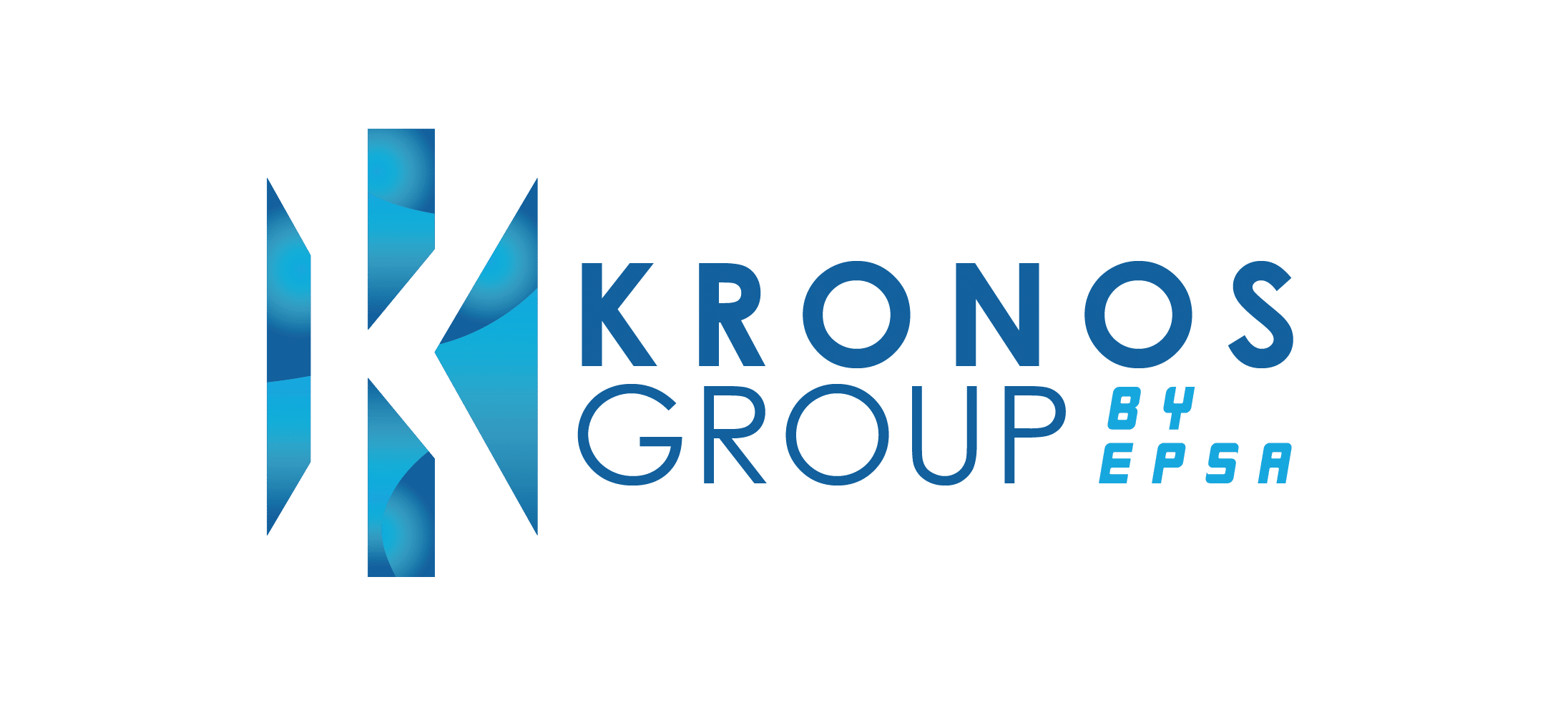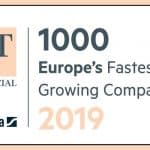Summary In the contemporary business environment, digital procurement is becoming increasingly popular and sought after by businesses around the world. The relationships …
How to improve stakeholder satisfaction through procurement performance management
Let’s dive into how the satisfaction of stakeholders in procurement can be improved through performance management.
What is procurement performance management?
Performance management involves assessing and improving how well an organisation’s procurement workflows work. This includes establishing goals, tracking KPIs, and applying plans to enhance procurement results.
The purpose of managing procurement performance is to help organisations save on costs, maintain quality standards, handle supplier connections, and reduce risks. Its key aspects include:
Key performance indicators (KPIs)
These are values that can be measured to show how well procurement processes work. The usual KPIs for this area are cost savings, supplier performance, on-time delivery, and contract compliance as well as spend analysis.
Cost management
Cost management elevates overall organisational functions and emphasises the control, optimisation and reduction of costs, employing tactics such as strategic sourcing, supplier discussions, and demand management.
Management of supplier performance
This involves the evaluation of suppliers in terms of quality, delivery, and cost and may include using scorecards for suppliers and carrying out regular checks to make sure they fulfil requirements or go beyond them.
Risk management
The supply chain is full of disruptions and recognising, managing, and handling risks related to purchase and procurement like interruptions in supply chains, problems with compliance, and quality issues are important.
Compliance and governance
This involves making sure that procurement functions work follow both internal policies as well as legal rules and standards of the industry, which might need checks, training, analysis and examination—or record development.
Sustainability and social responsibility
This involves taking environmental, sustainable and social factors in procurement performance management into account. This can be about involving sustainable providers or encouraging a varied and inclusive supply chain.
The primary objective of this process is to establish a procurement function that operates efficiently, effectively, and in harmony with the strategic goals of the organisation. This incorporates ongoing enhancement and using data and inputs to optimise processes to achieve superior results over time.
How to improve stakeholder satisfaction through performance management
Managing procurement performance includes many strategic steps. It revolves around communication, teamwork, and generating value so that organisations can create trust, enhance efficiency, and ultimately achieve improved results.
Strategic communication and teamwork
Talk to interested parties, regularly giving them information about procurement actions, projects, policy alterations and market patterns and foster cross-functional teamwork to ensure stakeholder engagement in the procurement process.
Emphasis on sustainability
When choosing suppliers, assess the environmental effects. These include green policies, the use of renewable materials and how they manage waste. It is best to align procurement practices with sustainability and social responsibility goals.
Transparent and open feedback channels
Implement frequent meetings, feedback forms, or dedicated liaison personnel to facilitate effective communication. Promote transparency throughout the procurement process, from sourcing to delivery. This will reduce inconveniences and errors.
Cooperative approach with stakeholders
Involve stakeholders in the procurement management process. This can be achieved by taking part in making decisions and discussing strategies. Build mutual trust and understanding by following through on commitments and maintaining integrity.
Quality and value improvement
Implement quality assurance steps to ensure products and services meet or exceed stakeholder expectations and satisfaction levels. Organisations should create value beyond cost savings, offering flexible buying solutions or value-added services.
Performance management and continuous improvement
Track procurement performance using key performance indicators and communicate these metrics to stakeholders. Foster a culture of continuous improvement, leveraging feedback from stakeholders for process refinement and organisational betterment.
Risk management and compliance
The supply chain is full of hurdles affected by economic volatility, business objectives, market forces and stakeholder requirements. Developing contingency plans will assist in reducing disruptions and managing risks in procurement functions.
Diversity and inclusion in the supply chain
It is important to implement diversity and inclusion measures in the supply chain management process. Organisations can enhance diversity and inclusion efforts in procurement activities to promote a positive image through responsible sourcing.
With these methods, organisations can improve their procurement performance. This will increase satisfaction among stakeholders—which can help improve collaboration, effectiveness and overall success towards reaching organisational aims.
Why is stakeholder satisfaction important?
Cooperation and trust
Satisfied stakeholders cooperate better and will collaborate better with procurement teams. This creates a smoother process and better results. A trustworthy connection between stakeholders and procurement promotes a cooperative environment.
Operational efficiency
Stakeholders’ satisfaction brings efficiency in procurement operations because there is less pushback, fewer misinterpretations, fewer bottlenecks in procurement functions, and more readiness and resilience to collaborate towards solutions.
Continuous improvement
Higher stakeholder satisfaction frequently encourages a culture that is always growing and creates a foundation for continuous improvement. Feedback from stakeholders can be utilised to improve procurement processes and performance consistently.
Organisational success
Procurement performance management plays an important part in achieving the strategic objectives of the organisation. Satisfied stakeholders help with the success of procurement projects, which then backs up overall organisational triumphs.
Improve stakeholder satisfaction through effective procurement performance management
At Kronos Group, we’re experts in evaluating, advising, and delivering digital strategies, processes and, technologies that are carefully crafted to enhance your procurement abilities.
We concentrate on improving operations while also achieving specific objectives through our procurement consulting services. Contact us and optimise the procurement performance of your organisation today.

Fighting the effects of inflation with sourcing and procurement consultants
Stay up-to-date on the latest insights on procurement, finance, and project management.
Summary Strategic procurement has become a necessity in today’s business world and organisations try to remain competitive. Having the right procurement strategies …
Summary The world of consulting has been undergoing a massive transformation and management consulting jobs are experiencing the impacts of these changes. …
FAQ
Procurement performance measures are metrics used to evaluate the efficiency, effectiveness, and quality of procurement processes. Common performance measures include cost savings, on-time delivery, supplier performance, contract compliance, and stakeholder satisfaction.
The 3 P’s of procurement refer to three core elements crucial to successful procurement—people, process and paperwork.
- Identifying needs
- Supplier sourcing
- Requesting quotes or proposals
- Evaluating suppliers
- Negotiating contracts
- Order placement and management
- Supplier performance monitoring














